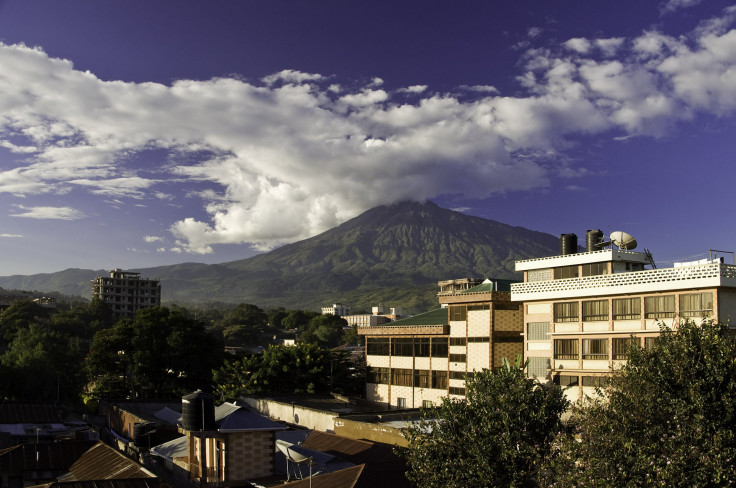Paperwork For New Paper Money: East Africa Moves Closer To A Common Currency

East Africa moved closer to its controversial goal of adopting a common currency on Monday, when finance officials and economics experts gathered in Arusha, Tanzania, to begin reviewing a legal framework for the initiative.
The East African Community, or EAC, consists of Kenya, Rwanda, Burundi, Uganda and Tanzania, with a total population of about 136 million and combined annual GDP of $85 billion. The EAC includes some of Africa's fastest-growing economies; Rwanda's GDP is expected to grow 7.5 percent this year, according to the IMF, while Tanzania is expected to expand by 7 percent. Kenya, whose 2013 growth is projected at 6 percent, boasts the bloc's biggest GDP of about $34 billion.
In Arusha this week, the members of the EAC's legal affairs committee are expected to approve the Monetary Union Protocol drafted in July. After that, EAC’s heads of state will sign the protocol at an annual gathering this November. "The text has been reviewed by solicitors and attorneys general,” said Richard Sindiga, head of economic affairs for Kenya’s EAC Affairs department, according to Business Daily Africa. "All that is left is for its legal text to be approved by ministers in charge of legal and judicial affairs before it is taken back to the council of ministers."
Experts are divided on the feasibility of a common currency for East Africa, which would include the establishment of an East African Central Bank and require member countries to deposit reserves. The process has already encountered considerable delays, due in large part to difficulties in harmonizing five quickly growing but vastly different economies. Once the protocol is passed, the implementation of a common currency -- along with the phasing-out of other currencies -- could take up to a decade.
A study last year from economists at the University of Toronto found that EAC's plan would have many benefits, including lower transaction costs and simplified trade, but "evidence presented shows that the countries differ in a number of respects, facing asymmetric shocks and different production structures. Countries have had difficulty meeting convergence criteria, most seriously as concerns fiscal deficits." The EAC's experience could set the tone for the rest of the continent. West Africa and Southern Africa are also pursuing similar plans for monetary cohesion, and even the African Union itself has at times been a proponent of continent-wide common currency.
But critics of these plans look to the European Union, where interdependency during an ongoing debt crisis has dragged down the entire network and complicated domestic systems of banking regulation. The EAC's central banks have already taken some steps toward better fiscal cohesion, such as making exchange rate policies more uniform, sharing budget information and integrating payment systems.
© Copyright IBTimes 2024. All rights reserved.





















